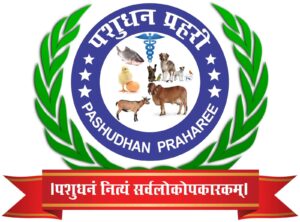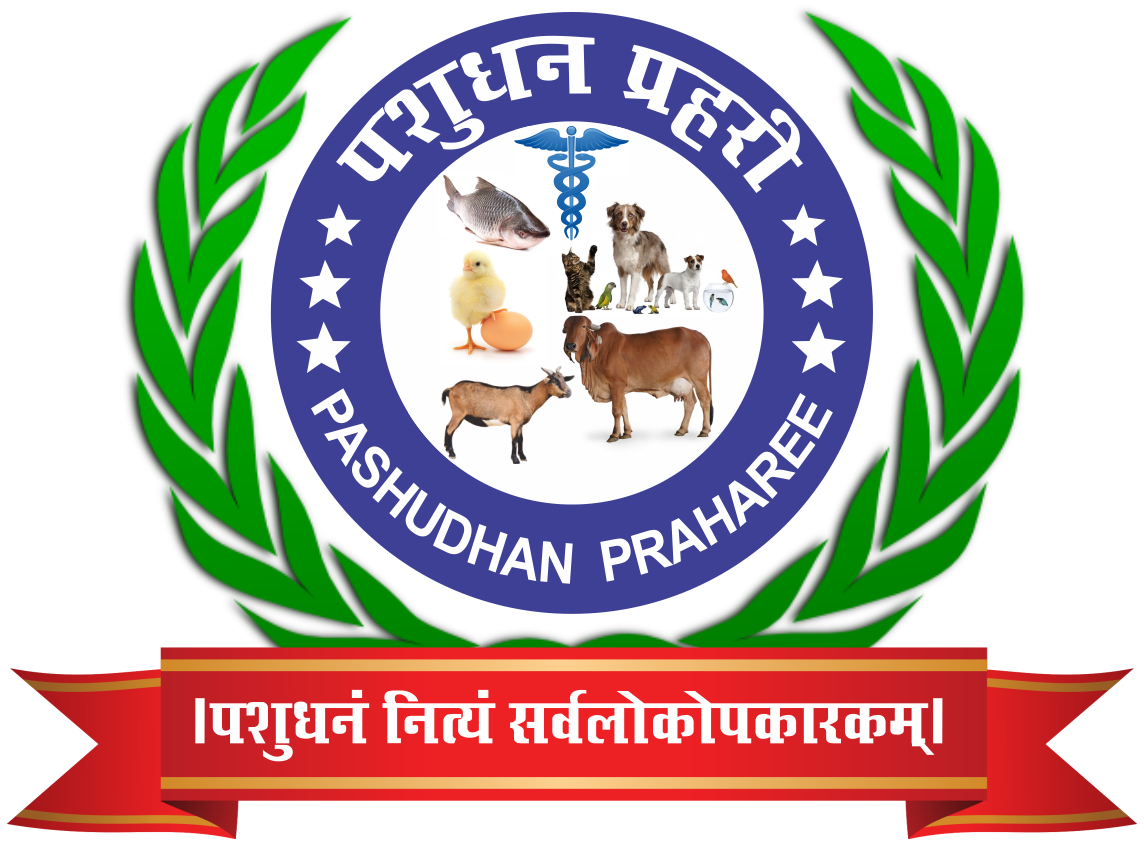Rabies Vaccination for Veterinarians and Animal handlers
Rabies is a fatal zoonotic disease caused by the Rabies lyssavirus and is primarily transmitted through the bite or scratch of infected animals. In India, where rabies is endemic, veterinarians and animal handlers are at high risk due to frequent contact with potentially infected animals. Vaccination plays a critical role in protecting these professionals.
Pre-exposure prophylaxis (PrEP)
3 doses – Day 0, 7 and 21 or 28
Post-exposure prophylaxis (PEP)
1) For non-immunized Individuals
• 4-5 doses – Day 0, 3, 7, 14
• 5th dose on Day 28 for persons with a confirmed or suspected immune disorders
• Day 0 – A dose of Rabies Immunoglobulin (RIG) can be given based on the category of wound
• RIG is only administrated to previously unvaccinated persons
2) For previously immunized individuals
• 2 doses – Day 0 and 3
• RIG not required
Booster vaccination
• Expose within 6 months of PEP/PrEP completion – Day 0 (1 Dose)
• Expose over 6 months of PEP/PrEP completion – Day 0 and 3 (2 Doses)
• Duration of protection can vary, but it usually lasts at least 1 or 2 years up to 3 years.
• Veterinarians, animal handlers, wildlife officers etc working in rabies endemic areas should have serum sample evaluation every two years and requires booster dose when the titre falls below 0.5 IU/ml.
• Every six months serum sample evaluation is required for persons those working with live rabies virus in diagnostic laboratories, research laboratories, vaccine production laboratories at permanent risk of exposure to rabies.
Why Rabies Vaccination Is Crucial for Professionals
- High Occupational Risk: Frequent contact with stray animals, wildlife, or pets increases the risk of bites and scratches.
- Preventing Human Fatalities: Rabies is almost always fatal after symptoms appear, but vaccination effectively prevents infection.
- Global Guidelines: The World Health Organization (WHO) recommends rabies vaccination for high-risk groups, especially in endemic regions like India.
Safety and Side Effects
- Generally well-tolerated with mild side effects like pain at the injection site, fever, or fatigue.
- Severe allergic reactions are rare but should be reported immediately.
Precautionary Measures Along with Vaccination
- Wearing personal protective equipment (PPE) while handling animals.
- Immediate washing of wounds with soap and water after exposure.
- Regular booster doses every 2–3 years for those at continuous risk.
Conclusion
For veterinarians and animal handlers in India, rabies vaccination is not just a safety measure but a necessity. Following vaccination protocols, along with proper wound care and awareness, can help prevent this deadly disease and safeguard the health of professionals working closely with animals.



